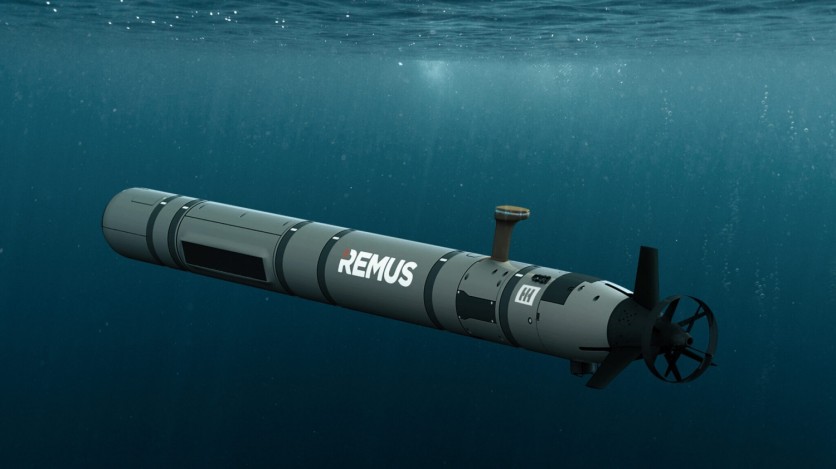The Mission Technologies branch of HII has unveiled the REMUS 620, a brand-new medium-class unmanned underwater vehicle (UUV).
The REMUS 620 builds on the design principles of the REMUS 300, which was recently chosen by the US Navy as the program of record for the Lionfish Small UUV. It boasts a range of 275 nautical miles and a battery life of up to 110 hours.
According to HII's press release, this offers unparalleled mission capabilities for electronic warfare, hydrographic surveys, information gathering, and mine countermeasures.

Expansive Battery Life
With its expansive battery life, the REMUS 620 is an improved version of this UUV that offers unmatched multi-day stealth, range, and endurance.
The energy modules of the new model can be switched out, enabling quick adaptation and the integration of substitute energy sources as they become available.
The vehicle was made to support both present-day and upcoming naval and special missions. In order to promote seamless payload integration, it features a modular, open architecture design as well as HII's Odyssey line of cutting-edge autonomy solutions for robotic technologies.
The REMUS 620 conventional synthetic aperture sonar payload can be replaced or enhanced for multi-mission capabilities, such as intelligence, surveillance, and reconnaissance (ISR), as well as cyber and electronic warfare activities.
With 30 years of innovation and the delivery of more than 600 UUVs to 30 countries across the world, including 14 NATO members, the REMUS 620 platform builds on the success of HII's REMUS systems.
The versatility of the payload and the range of environmental sensors that can be quickly added to the base vehicle will be advantageous to the scientific community as well, according to the company.
First Medium UUV
According to Duane Fotheringham, president of Mission Technologies' Unmanned Systems business group, maintaining a strategic edge requires an ability to deliver a variety of impacts from underwater.
"The REMUS 620 is the first medium UUV designed to accurately deliver this range of advanced above-and-below water effects at long range," Fotheringham said in a press release statement.
A REMUS 6000 robot assisted researchers from the Woods Hole Oceanographic Institute in 2018 in finding around $17 billion in gold and other valuables that perished with a Spanish ship over 300 years ago, according to Interesting Engineering.
The robot employed its autonomous diving and sensing skills. The vessel was a part of the Spanish galleon, San Jose.
This article is owned by Tech Times
Written by Jace Dela Cruz




